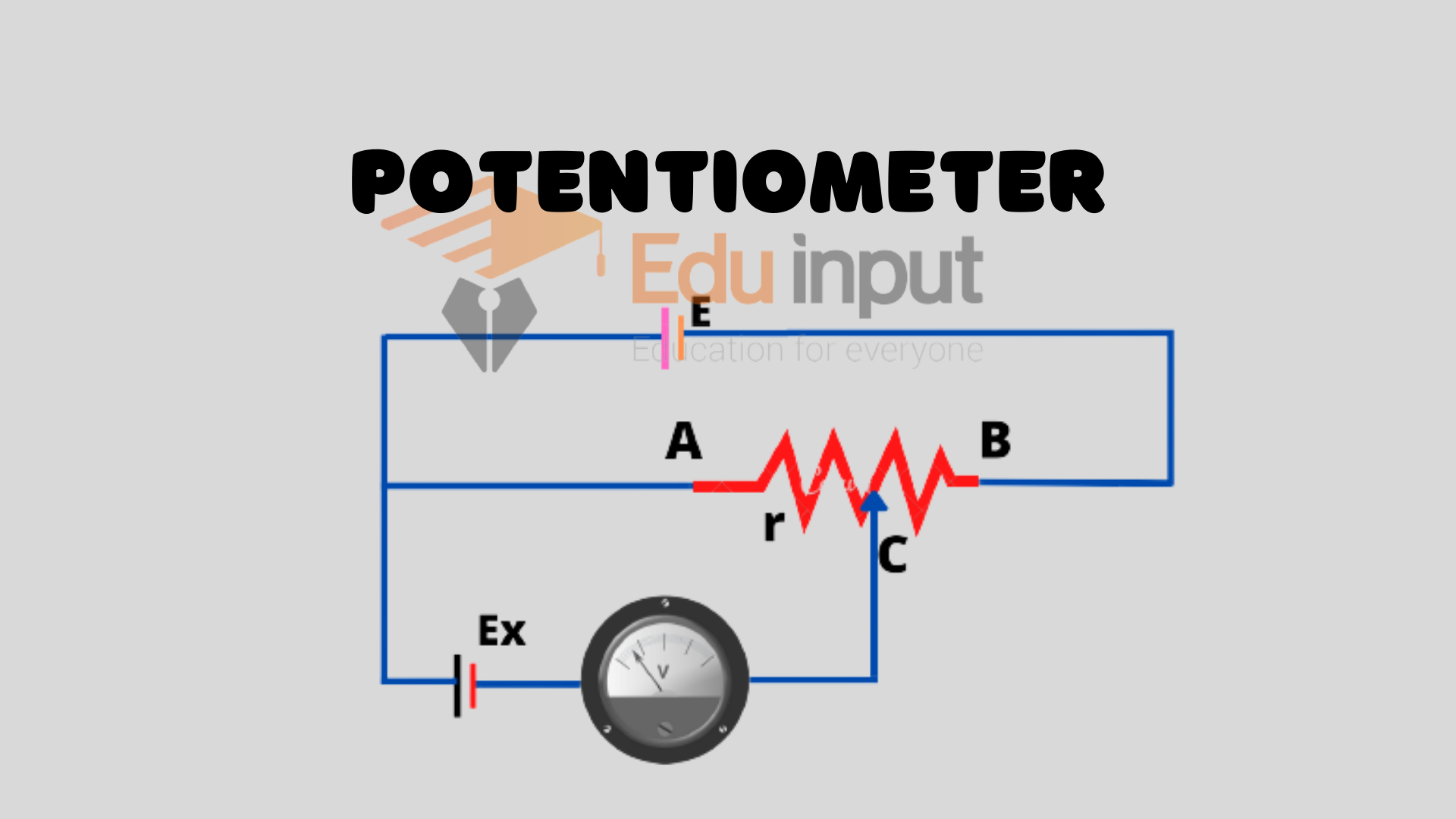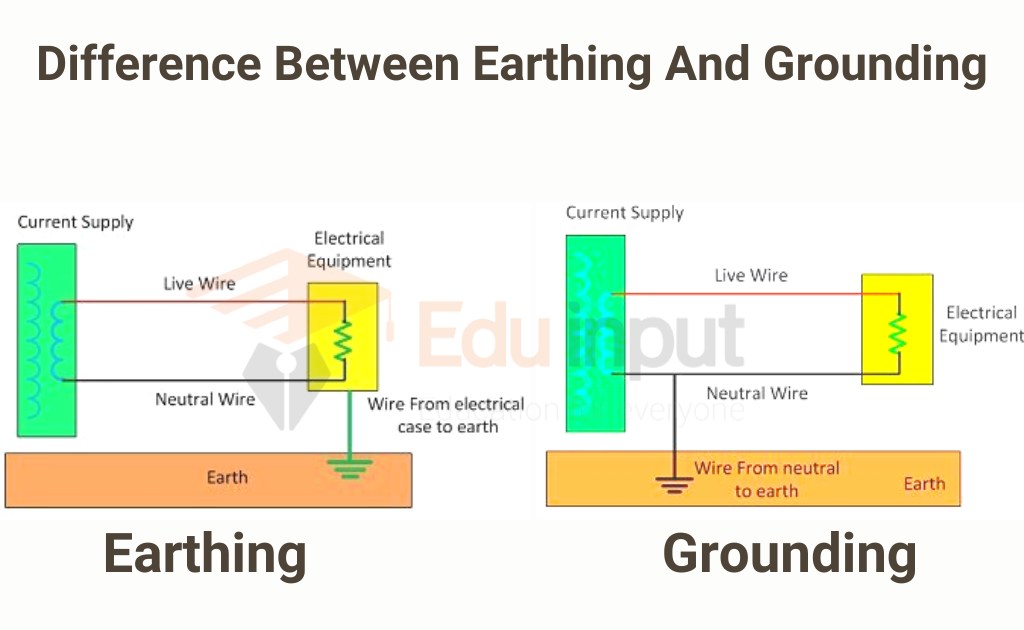What is Electrical Conductance?-Definition, Factors Effecting, And Joule Heating
The reciprocal of electrical resistance is electrical conductance, which measures how easy it is for an electric current to pass. The electrical resistance of an object measures how much the object opposes the flow of electric current.
What is Electrical Conductance?
Electrical conductance is the ability of a material to conduct electricity. It is used to measure the flow of electrons. In electronics, electrical conductivity is used as a metric to estimate the resistance of a material.
It is used as a way to determine a material’s ability to conduct electricity. It is measured in units called Siemens (S), a unit of measurement used to describe how much electrical current flows per second through a material.
Resistivity is the inverse of electrical conductivity, i.e., higher resistivity means lower electrical conductivity. The current I through the material is proportional to the amount of V applied across it.

A wide range of voltages and currents can be found. The resistance and conductance of objects and electronic components made of these materials are constant. The relationship is called Ohm’s law and the materials that obey it are called ohmic materials.
The resistance R of an object is defined as the ratio of V across it to current I through it, while the conductance G is the opposite.

The voltage drop across a resistor creates a force that pushes current through the resistor. In hydraulics, it is similar: the pressure difference between two sides of a pipe, not the pressure itself, determines the flow through it.
For example, if there is a large water pressure above the pipe, trying to push water down through the pipe, and an equally large water pressure below the pipe, trying to push water back up, then there will be no flow through the pipe.
Factors Affecting the Electrical Conductance
Two properties are used to determine the resistance and electrical conductance of the element.
- Geometry (shape)
- Material
The study of geometry is vital to the infrastructure of the world as we know it. Just think about how a long, thin copper wire has more resistance and is thus more difficult to push water through than a short, thick copper wire. Geometry helps us understand the world around us and makes it possible for engineers to create things like pipes and wires that make our lives easier.
The materials that a product is made of are important to consider as well. Imagine a water pipe that is filled with hair – it would restrict the flow of water more than a clean pipe of the same shape and size. In a similar way, electrons can flow freely and easily through a copper wire, but cannot flow as easily through a steel wire of the same shape and size.
And, they essentially cannot flow at all through an insulator like rubber, no matter its shape. The difference between copper, steel, and rubber is related to their microscopic structure and electron configuration and is quantified by a property called resistivity.
Joule Heating
Electrical energy is required to push current through the resistance of the Resistors because they oppose the flow of electric current. The electrical energy is dissipated as a result of the heating of the Resistor.
This is called Joule heating and it is also called ohmic heating or resistive heating. In the case of transmission losses in power lines, high voltage transmission reduces the current for a given power.
Joule heating is sometimes useful, for example in electric stoves and other electric heaters. It glows “white hot” with thermal radiation when it’s heated to such a high temperature, which is why it’s called a Joule heating example.







Leave a Reply